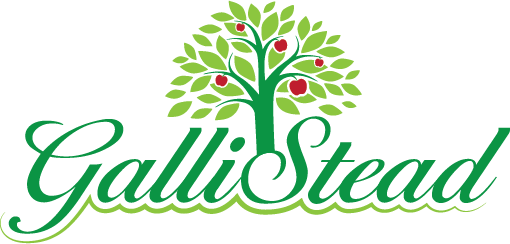Over the past 2 days, I’ve planted 8 more fruit trees.
13) Asian Pear w/ grafts of: Hosui (12), 20th Century (3), Chojuro (6), Shenseiki (9)
14) Fuyu Japanese Persimmon
15) Sweet Treat Pluerry
16) Wonderful Pomegranate
17) Cherry w/ grafts of: Stella (2), Black Tartarian (4), Bing (7), Rainier (10) *
18) empty space
19) Pennsylvania Golden PawPaw (Grafted)
20) Sunflower Pawpaw (Grafted)
21) Mango Pawpaw (Grafted)
(graft positions given w/ North = 12 o’clock)
* = yes, I realize cherry trees won’t set fruit here because of our lack of cooling hours, but I wanted to try it anyway Continue reading























